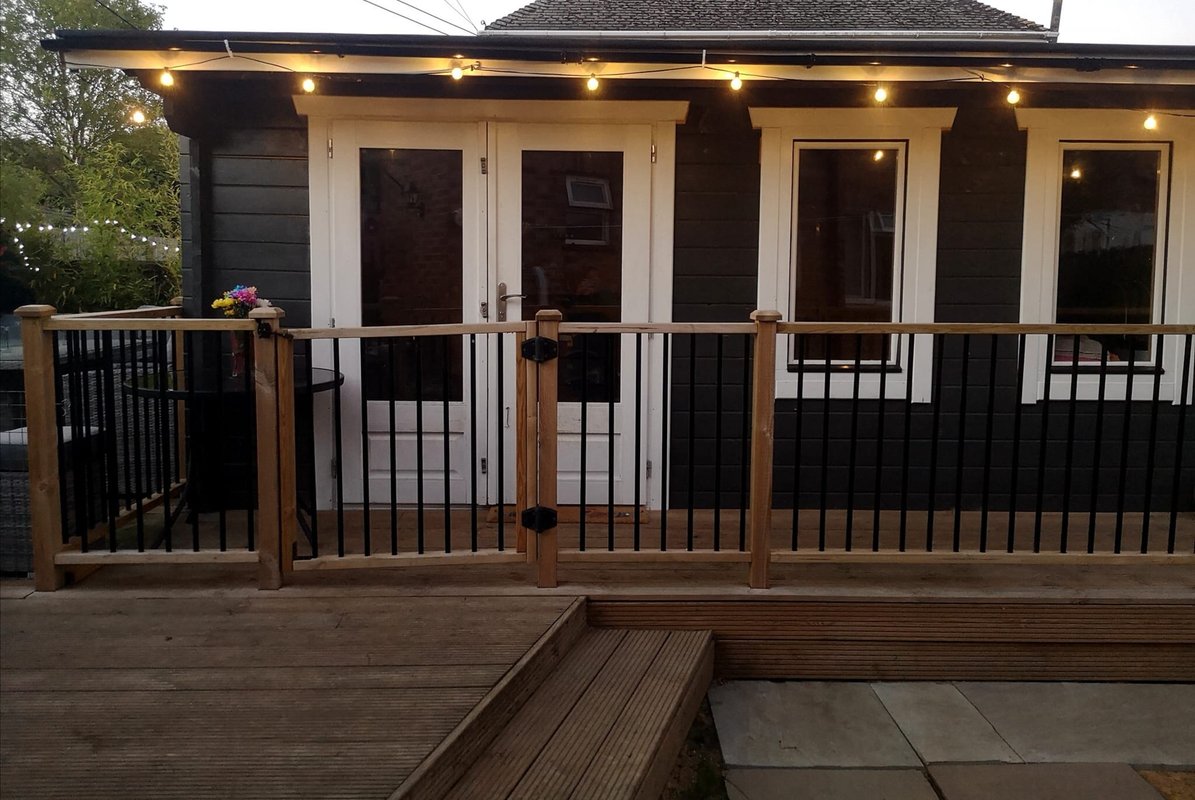

Maptiler (which is another mapping platform) offers already prepared MBTiles for certain areas or even the whole planet. So I needed to get my hands on some MBTiles. By using an MBTiles file you’re able to style the map using the Mapbox GL style specification, which is a huge benefit as there are some editors out there to visually define the map styles e.g., maputnik. Technically it’s just an SQLite database. After doing some research I figured out that I needed an MBTiles file that contains the map tiles for the specific area of the world (or the whole planet) I am interested in.Īn MBTiles file is a format for storing map tiles in a single file. It turned out that it is a rather ambitious plan to do everything yourself as there’s no “Just add water” solution. Kudos to all OSM contributors.Īt the same time, this is an issue if you want to work with the data. Trashcans, trees, buildings, airports, you name it. Raw OSM data is insanely detailed and therefore huge.
#Maptiler wrong for free#
Raw OSM data is available for free under an ODbL license and therefore is allowed to be used in a commercial product. Next, I thought about providing the map tiles by myself.
#Maptiler wrong how to#
TL DR If you don’t care about how I got to my final result, you can skip ahead and go directly to “ The Way To Go ”: a step-by-step guide on how to convert, serve, and display your own map.Īpproach #2. When I started working on Aerwork, I already knew that I needed maps to visualise flight paths and display airport locations. Nowadays, most maps (if not all) are some kind of derivative of data collected by the OpenStreetMap community. Chances are high that you’ve either encountered maps, which are being powered by Google Maps, Apple Maps, or Mapbox. Maps have become an essential part of our daily lives. Hosting the tiles yourself makes all of the above less of an issue. However, there are some contexts in which maps become super expensive and therefore are not an option for small businesses.įurthermore, especially if your product or site is targeted at EU customers, GDPR is always an obstacle you have to overcome. There are situations in which you can use Google Maps or Mapbox complete for free or at least at a reasonable price. Maps are cheap and most of the time - free.

In the end, you’ll be able to use the map tiles in web-based products and mobile apps.

In this article, I’ll introduce you to the toolset and process to create vector tiles and show you how you can host the map data statically and cheaply without the need for a server.


 0 kommentar(er)
0 kommentar(er)
